By Brad Reynolds
The Korean War was not only a landmark conflict under the guidance of the United Nations, but it was also the first serious testing ground for jet-to-jet combat. The North Korean military capacity had barely progressed past ox carts and prop planes, forcing the Communist Chinese Air Force (CCAF) to augment much of their air defense. This led to Soviet equipment, training, and personal participating in the air war, and fast-evolving jet fighters quickly complicated air combat tactics.
American-lead UN air power was largely unrivaled in the early stages of the war. North Korean air presence mainly consisted of Soviet built PO-2s, which were prop plain relics from the 1930s. North Korean pilots were largely inexperienced, often “flying by the seat of their pants” and using their limited expertise to harass UN forces under cover of darkness. Due to its inability to field tactically competent pilots and its lack of advanced fighter jets, the Communist Chinese Air Force was a prime candidate to fight a proxy air war.
The Proxy Air War in MiG Alley
The close alliance between China, the USSR and North Korea led to the Soviets implementing their newly developed Mikoyan-Gurevich 15 (MiG-15) to counter the uncontested American F-86 Sabre jet fighter. The CCAF waited to engage American air power until they entered the northwest region of North Korea, where the Yula and the Yellow seas meet, which came to be known as MiG Alley. This was an amicable area of engagement for Chinese pilots to test Soviet jets and develop tactics, as the UN pilots couldn’t engage past the Yula River. The air confrontations that followed created a foundation for the future development of air-to-air combat tactics.
As of 1953, the CCAF was one of the largest jet fighter forces in the world, augmented by Soviet armament and training. The CCAF’s responsibility had been to lead the air defense of Manchuria and Communist North Korea, but as the Korean conflict progressed and UN forces began advancing on the Yalu River, the CCAF began engaging UN air power. Up until this point , the F-86 had been uncontested as UN forces advanced north toward the Chinese border. In fact, American pilots began to consider strafing North Korean ox cart columns a waste of ammunition and money. This would all change once the F-86 met her equivalent in the MiG-15.
The F-86 Meets the MiG-15
When F-86 Sabres and UN fighter bombers entered MiG Alley, both the CCAF and UN pilots were forced to change their tactics and hone their air-to-air combat ability. CCAF pilots showed inexperience with group fighter tactics in their early engagements. Fighters would often enter the combat area over the Yalu in loose formations, allowing UN fighters to easily tail the Chinese and inflict damage. But Chinese pilots quickly learned from their mistakes, as well as from their Soviet counterparts participating under the guise of the CCAF. MiG Alley was the first testing ground for air-to-air jet fighter combat tactics as well as a wake-up call for American air forces. The opposition of American-led UN air superiority in the Korean conflict would complicate UN battle plans, eventually allowing for a strong push by the Peoples Liberation Army and a stalemate at the 38th parallel that remains unresolved to this day.
The confrontation of the MiG-15 and the F-86 Sabre was a historic meeting and a stepping-stone in the evolution of air-to-air combat. Though the F-86 was quickly surpassed after the Korean conflict for more apt models, the MiG-15 remained an effective jet fighter through the 1990s in many African and Southeast Asian air forces. The Korean conflict showcased the Soviets’ ability to fight proxy wars and experiment with new technology, setting the stage for ongoing confrontations throughout the Cold War.
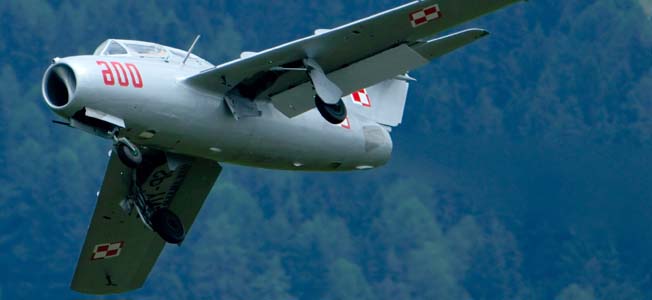

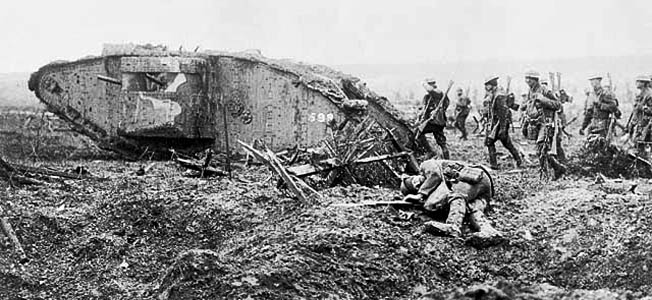
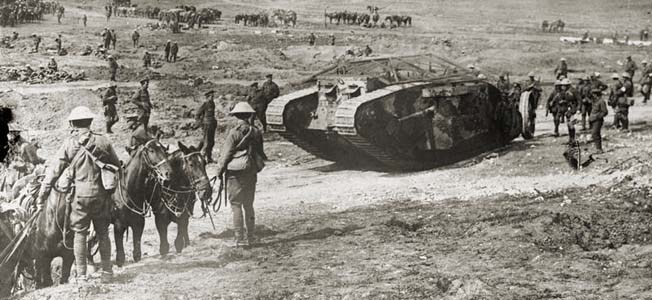
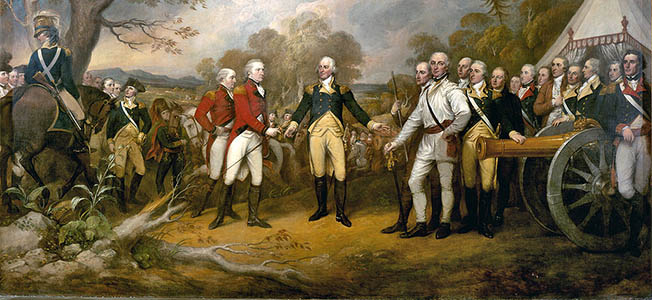

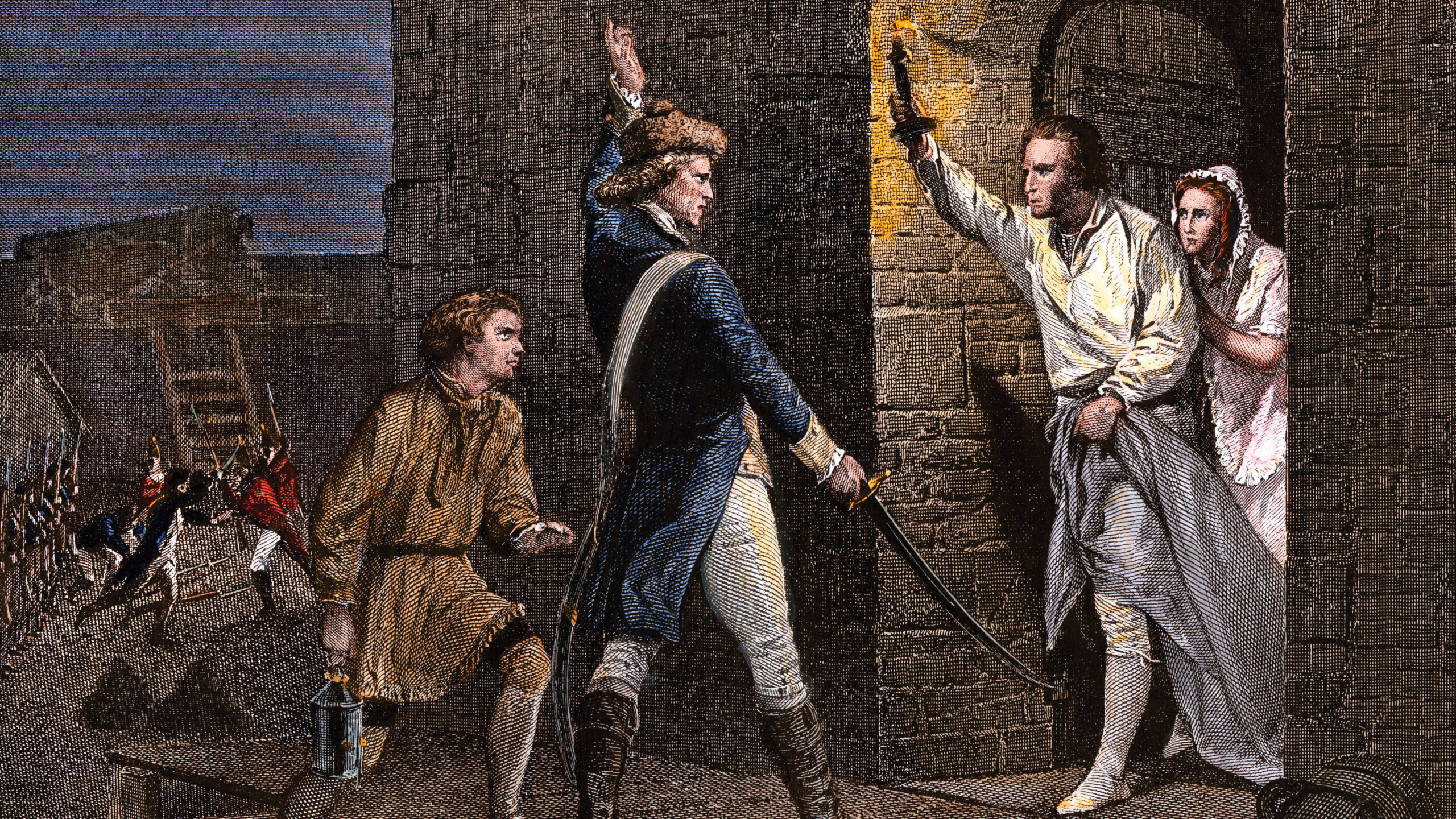
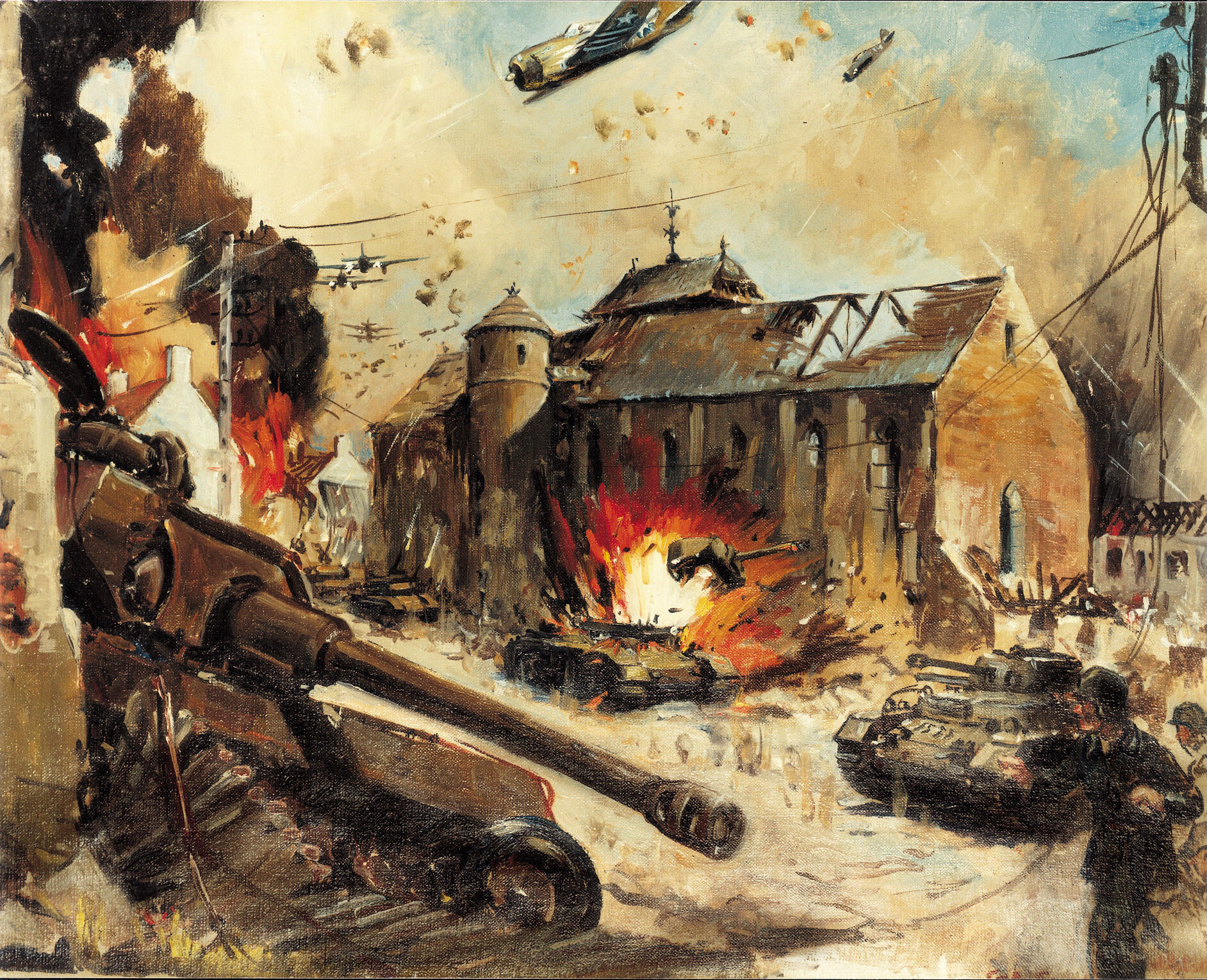
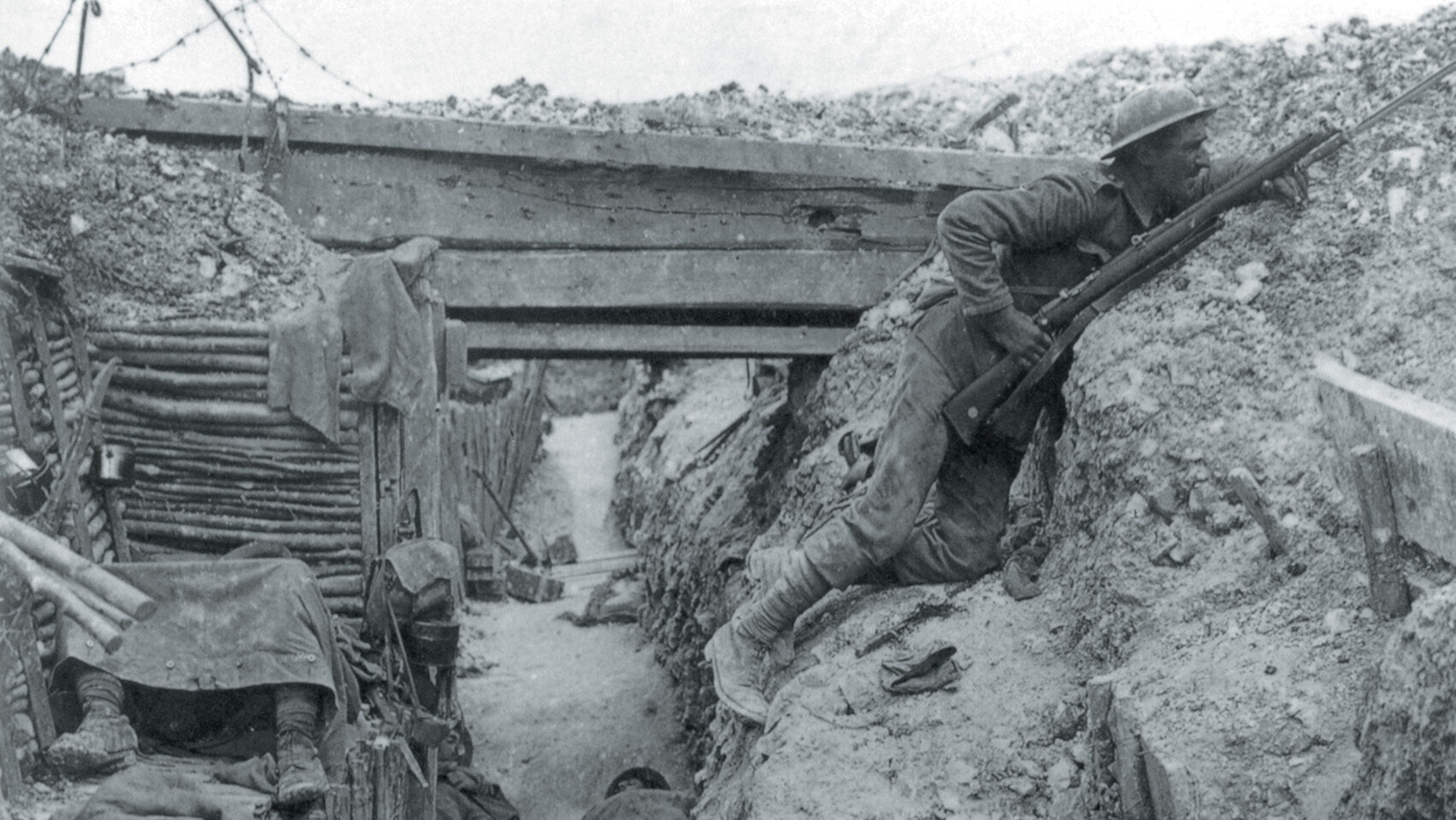
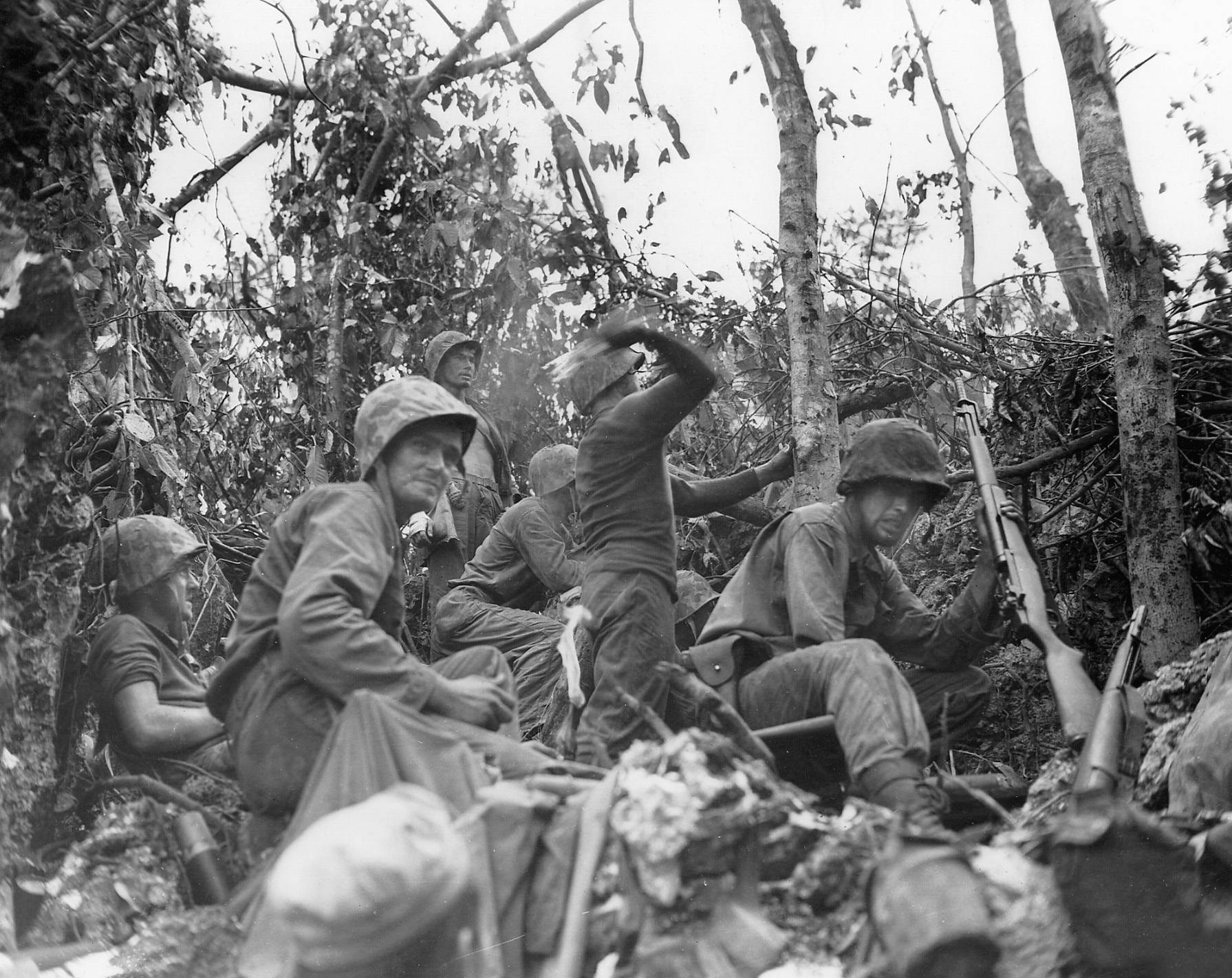
Join The Conversation
Comments
View All Comments